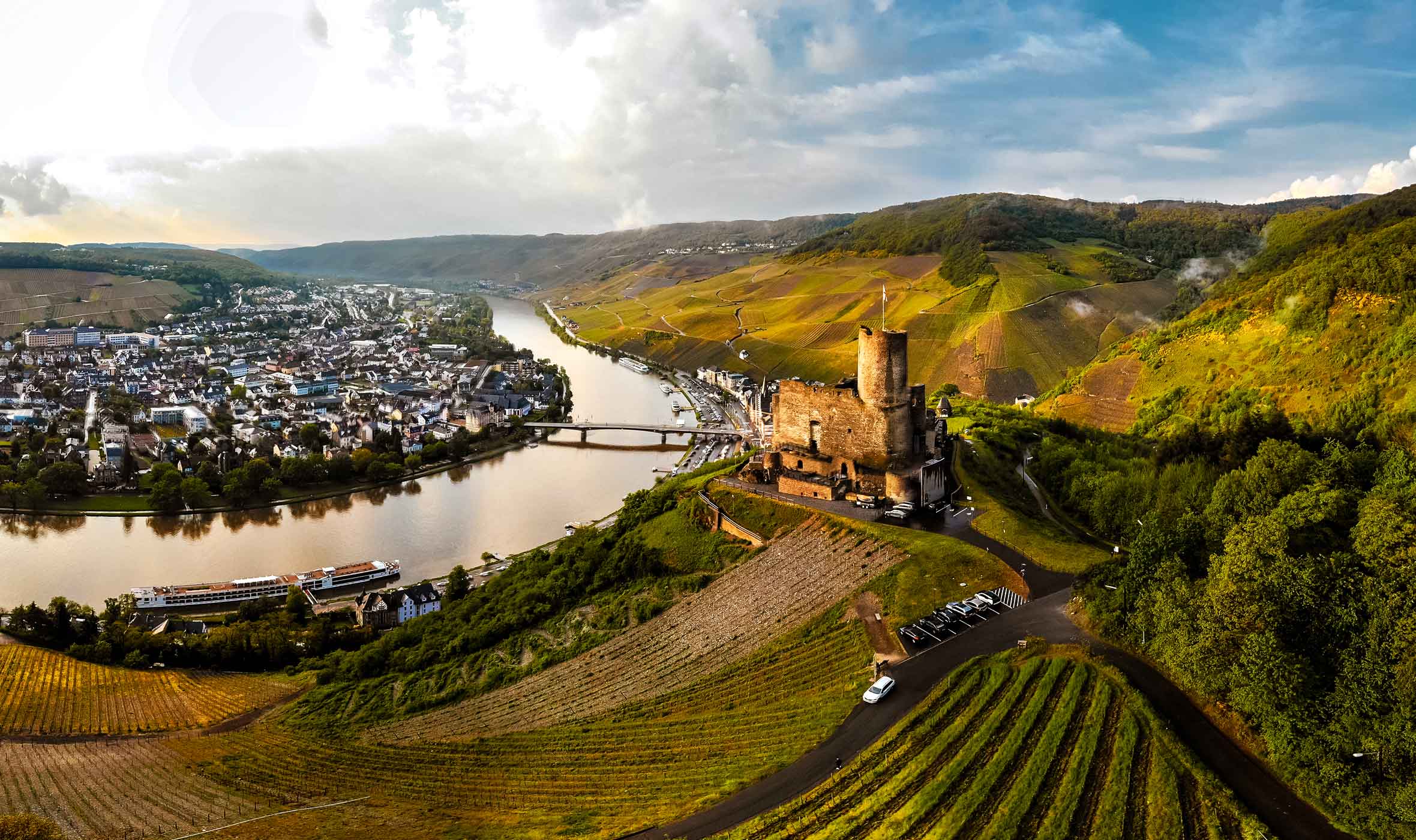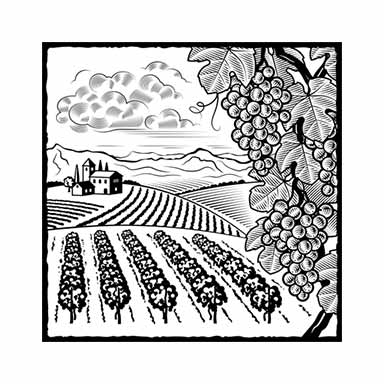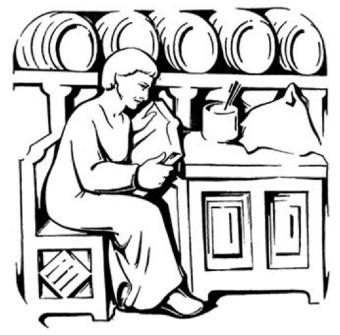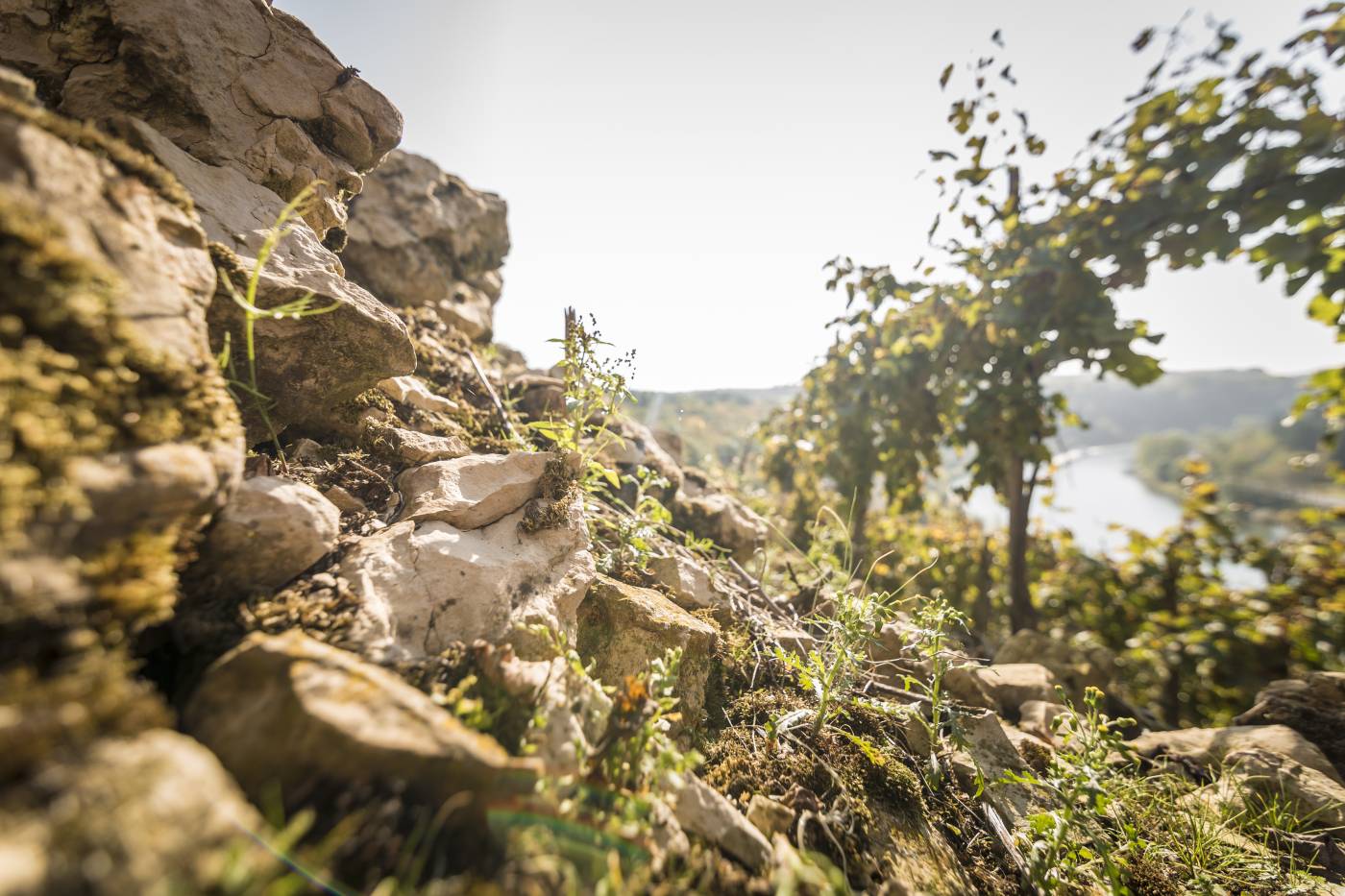

The Moselle River, together with its tributaries Saar and Ruwer, constitute the winegrowing region's life-giving vein. In Germany over a long period of time, the region was known as "Mosel-Saar-Ruwer". However, in 2007 this status changed and the three-part designation was considerably simplified. The wine-growing region comprises vineyards from the Lorraine, Luxembourg, the Saarland and the Rheinland-Pfalz and is the largest steep-slope wine-growing region in the world.

The origin of wine from the Mosel wine-growing region can be described simply like this:
The region on the German side is divided into six areas, which in turn offer 18 Großlagen and 524 Einzellagen. The six main areas are Cochem Castle, Bernkastel or Middle Moselle, Upper Mosel , Mosel Gate, Saar and Ruwer. A total of about 9000 hectares of vineyards are cultivated here, of which over 90 percent produce white wine, mainly Riesling, Rivaner and Elbling.
In addition, there are the vineyards on the Luxembourg side of the Moselle for about 22 km from Perl to Wasserbillig and the vineyards on the French side behind Contz-les-Bains.

Located between Hunsrück and the Eifel, the Moselle wine-growing region is part of the Rhenish Slate Mountains. The Moselle winds its way in many meanders from Perl in the border triangle to Koblenz, where it flows into the Rhine.

The Moselle is 237 kilometres long, although the distance as the crow flies from Trier to Koblenz is only about 100 kilometres. Above Trier, the small area of the Upper Moselle is dominated by shell limestone and Keuper. As a result, mainly Elbling and Burgundy varieties are grown there. The Devonian slate dominates in the valleys of the Ruwer, Saar and Middle Mosel in varying densities and with different mineral components, so red, green, grey or blue slate can be found. Beyond the village of Zell, the slate becomes softer and the clay slate alternates with the greywacke. In flat locations, gravel, pebbles and sand can be found.
In terms of climate, the valleys of the Moselle, Ruwer and Saar offer a perfect balance of warmth and precipitation. On the steep slopes, the slate reflects the sun's rays. The heat storage largely prevents frost, especially since the winters are generally only moderately cold.
.jpg)
Such conditions are ideal for the cultivation of Germany's most important grape variety, the Riesling. Sixty per cent of the area is planted with this variety, which expresses the terroir, i.e. the combination of soil, climate and winemaker's style, in the wine in a special way. Thus, the Riesling shows a wide range from dry to mild to sweet and from Gutswein to Kabinett, Spätlese and Auslese to Beerenauslese. At the same time, fog that lingers for a long time in some areas of the vineyards favours botrytis, a noble fungus. This fungus pierces the grapes, allowing water to escape and thus concentrating the sweetness, resulting in some of the most complex dessert wines in the world.

Please confirm that you are 18 years or older.